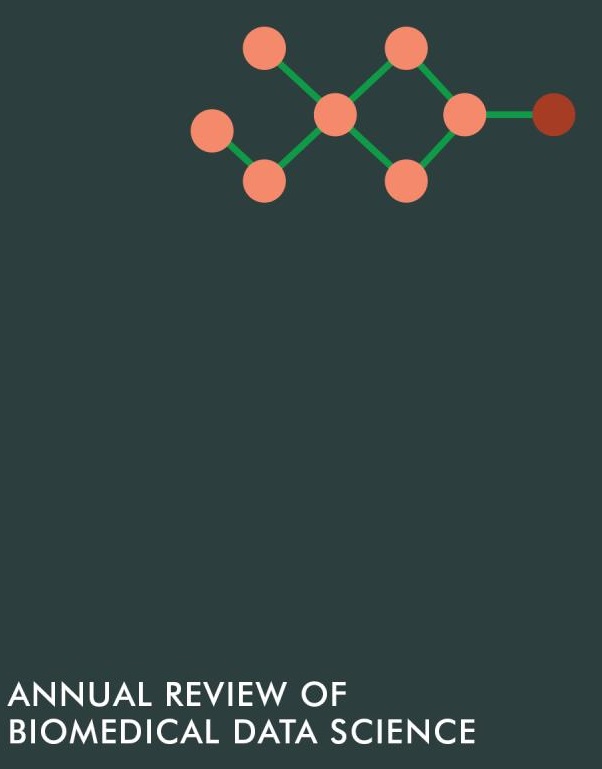将基因组革命引入比较肿瘤学:人类和狗的癌症。
IF 7
Q1 MATHEMATICAL & COMPUTATIONAL BIOLOGY
Annual Review of Biomedical Data Science
Pub Date : 2024-04-22
DOI:10.1146/annurev-biodatasci-102423-111936
引用次数: 0
摘要
狗是人类最古老的朋友,是人类在 2 万至 4 万年前驯化的第一个物种。在这种无与伦比的合作中,狗无意中被偶然塑造成了一种有效的人类癌症模型。与许多常见的模型物种不同,狗是在与人类相同的环境中饲养的,而且狗身上的自发性肿瘤具有与人类相似的并发症、免疫能力和异质性。在乳腺癌、膀胱癌、血癌和几种儿科癌症中,对狗和人类肿瘤的深入分析证实了狗模型的优势。除临床和分子相似性外,兽医研究表明,家犬的肿瘤发病率相对较高。因此,有大量的数据可供分析,而大量的犬种特异性又增强了这些数据的统计能力。因此,狗肿瘤提供了一个独特的机会来研究癌症的分子因素,并促进新治疗目标的建模。本综述将讨论比较肿瘤学这一新兴领域,它是如何补充人类和啮齿类动物癌症研究的,以及在基因组资源迅速扩散的情况下仍存在哪些挑战。人类最好的朋友似乎正日益成为肿瘤学研究中不可替代的组成部分。本文章由计算机程序翻译,如有差异,请以英文原文为准。
Bringing the Genomic Revolution to Comparative Oncology: Human and Dog Cancers.
Dogs are humanity's oldest friend, the first species we domesticated 20,000-40,000 years ago. In this unequaled collaboration, dogs have inadvertently but serendipitously been molded into a potent human cancer model. Unlike many common model species, dogs are raised in the same environment as humans and present with spontaneous tumors with human-like comorbidities, immunocompetency, and heterogeneity. In breast, bladder, blood, and several pediatric cancers, in-depth profiling of dog and human tumors has established the benefits of the dog model. In addition to this clinical and molecular similarity, veterinary studies indicate that domestic dogs have relatively high tumor incidence rates. As a result, there are a plethora of data for analysis, the statistical power of which is bolstered by substantial breed-specific variability. As such, dog tumors provide a unique opportunity to interrogate the molecular factors underpinning cancer and facilitate the modeling of new therapeutic targets. This review discusses the emerging field of comparative oncology, how it complements human and rodent cancer studies, and where challenges remain, given the rapid proliferation of genomic resources. Increasingly, it appears that human's best friend is becoming an irreplaceable component of oncology research.
求助全文
通过发布文献求助,成功后即可免费获取论文全文。
去求助
来源期刊
CiteScore
11.10
自引率
1.70%
发文量
0
期刊介绍:
The Annual Review of Biomedical Data Science provides comprehensive expert reviews in biomedical data science, focusing on advanced methods to store, retrieve, analyze, and organize biomedical data and knowledge. The scope of the journal encompasses informatics, computational, artificial intelligence (AI), and statistical approaches to biomedical data, including the sub-fields of bioinformatics, computational biology, biomedical informatics, clinical and clinical research informatics, biostatistics, and imaging informatics. The mission of the journal is to identify both emerging and established areas of biomedical data science, and the leaders in these fields.

 求助内容:
求助内容: 应助结果提醒方式:
应助结果提醒方式:


